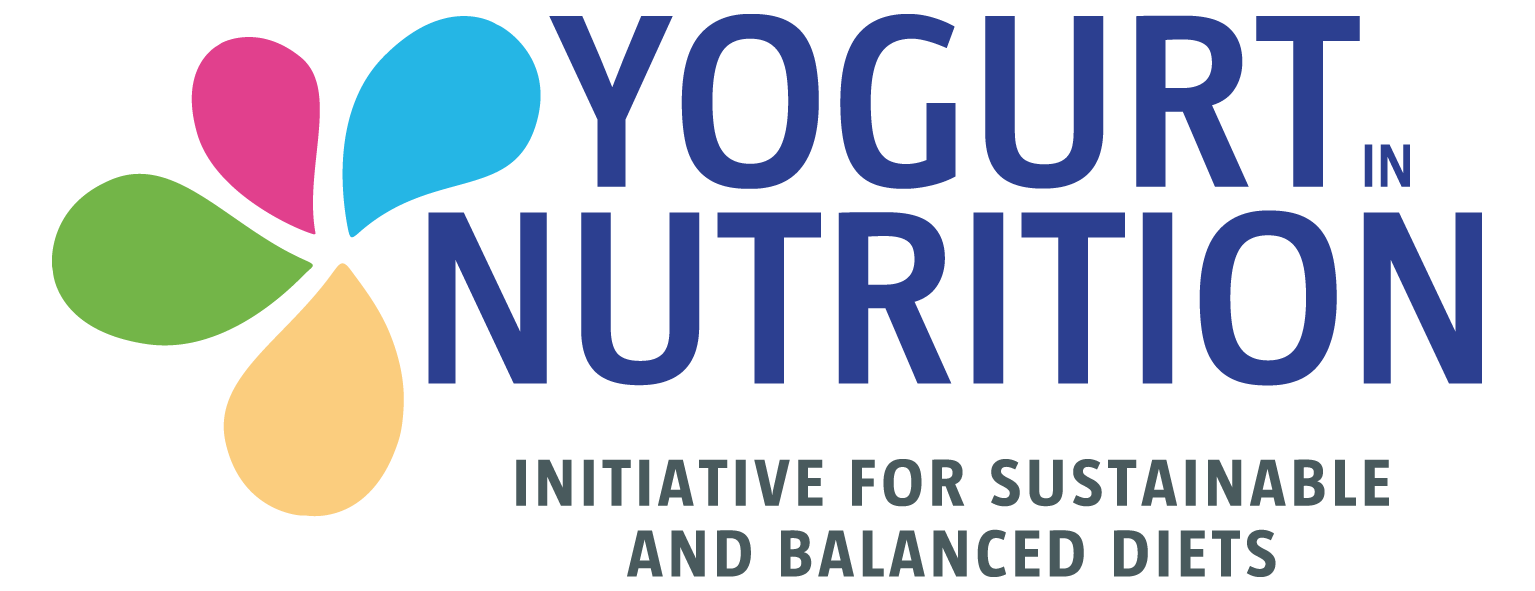Low lactase activity allows undigested lactose to reach the colon where the anaerobic activity of bacteria yields different products. These are principally short chain fatty acids, hydrogen, carbon dioxide and methane, responsible for symptoms mainly consisting of abdominal pain, bloating, flatulence and diarrhoea.
Lactase deficiency may be genetically mediated or acquired after weaning, or secondary to diseases damaging the small bowel mucosa, such as celiac disease, enteritis or Crohn’s disease. Lactose malabsorption is due to lactase deficiency and its clinical expression is lactose intolerance: in clinical practice, lactose malabsorption is diagnosed using the hydrogen breath test (HBT) that should be accompanied by the collection of intolerance symptoms potentially provoked by HBT.
The treatment is lactose avoidance/reduction in the diet: this approach should be reserved for symptomatic patients (“intolerants”). Dietetic advice should aim to ensure nutritional adequacy of the diet and to avoid nutritional deficiencies, in particular due to a lower calcium intake. Yogurt is well tolerated by symptomatic subjects, as a result of the residual activity of lactase in the bacteria that it contains, breaking down the lactose.





